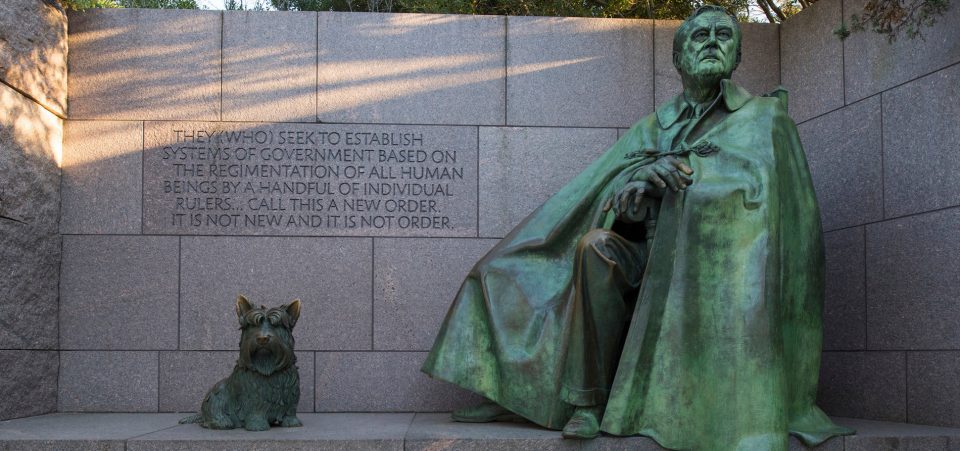Executive Order 6102
In 1933, at the height of the Great Depression, President Franklin Delano Roosevelt (FDR) confiscated all of the gold that American private citizens held. FDR issued Executive Order 6102, also known as the Gold Confiscation Act .
What was the purpose of Executive Order 6102? It was to force Americans to hand over their gold—in bullion, coins, and other forms—to the U.S. Treasury. In turn, the Treasury transferred its control of gold to the Federal Reserve.
Roosevelt argued that this was necessary to ensure the security of massive bank loans and to stop the hoarding of gold. Some might see this as the single biggest theft of private property in American history. It does seem like something the Bolsheviks did after the Russian Revolution. Indeed, in 1922, the Russians confiscated the property and precious metals of the Russian Orthodox Church.
That said, Roosevelt’s gold ownership restrictions lasted until well after the Great Depression. It would not be until 1975 that Americans were formally allowed to buy and own gold, after President Gerald Ford issued an order reversing Executive Order 6102. As it happens, the order is also known as the forbidding the Hoarding of gold coin, gold bullion, and gold certificates within the continental United States order. (Source: “What 40 Years Of Gold Confiscation By The US Government Looks Like,” Zero Hedge, August 21, 2012.)
Also Read: What Could a Sudden Gold Confiscation Similar to 1933 Mean for Investors in 2017?
In 1934, silver joined gold. Under Executive Order 6814, Roosevelt launched the silver confiscation of 1933. It required Americans to give up their holdings of silver bullion to the U.S. government. Estimates suggest that the U.S. Mint collected almost 123 million ounces of silver between 1934 and 1938. (Source: “Silver Confiscation Under Executive Order 6814,” Smaulgld, May 3, 2016.)
Gold Confiscation Act of 1933
The reason for Executive Order 6102 was the hoarding of gold bullion. It was perceived as exacerbating the difficult economic situation, blocking economic growth during the Great Depression.
The underlying logic behind the order was to remove the constraint that prevented the Federal Reserve from increasing the supply of money during the depression. The Federal Reserve Act of 1913 required the Federal Reserve to issue banknotes according to gold reserves of not less than 40%. That is, for every $20.00 in gold, the Fed could issue banknotes for $50.00. Under the Gold Reserve Act of 1934, the gold price (well above market price) was set at $35.00 per ounce.
By the end of the 1920s, the Federal Reserve had practically surpassed that limit. It needed to acquire more gold to legally issue more tender. The gold confiscation is related to a series of steps that Franklin D. Roosevelt took to confront the Great Depression. One of these was the Emergency Banking Relief Act, or Emergency Banking Act. Congress passed this law as part of FDR’s New Deal policy in 1933. It required the closure of the insolvent banks in order to reorganize them.
This was an early precursor to the 2008 bailout, but it was more in favor of consumers than banks. Roosevelt decided to shut down all banks in the week from March 6-10, 1933. The shutdown was used to establish the banks’ creditworthiness and their ability to prevent the bankruptcy of savers. The banks that passed the test—that is, their own reserves were greater than their total outstanding amounts—were allowed to reopen. Otherwise, they had to remain closed, or apply for a loan from the state to avoid bankruptcy.






